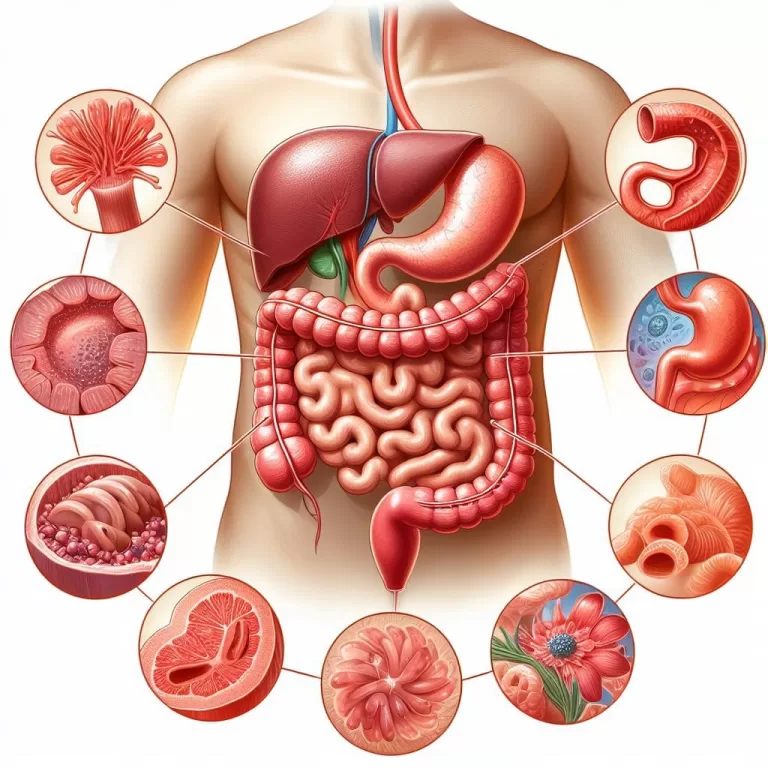Internal Fistula
**Internal Fistula: A Comprehensive Overview**
**Description:**
An internal fistula is an abnormal connection between two internal organs or spaces within the body. It can occur anywhere in the body but is most common in the digestive, urinary, or reproductive systems. Fistulas develop due to inflammation, injury, or abnormal development.
**Symptoms:**
The symptoms of an internal fistula depend on its location and size. Common symptoms include:
* Drainage (pus, fluid, stool, or urine)
* Pain
* Swelling
* Fever
* Weight loss
* Fatigue
**Causes:**
The causes of internal fistulas vary depending on their location. Common causes include:
* Inflammatory bowel disease
* Crohn’s disease
* Surgery
* Trauma
* Radiation therapy
**Diagnosis:**
Internal fistulas are diagnosed through a combination of physical exam, medical history, and imaging tests such as:
* X-rays
* CT scans
* MRI scans
**Treatment:**
Treatment for internal fistulas typically involves surgery to close the abnormal connection. Other treatment options include:
* Medications (antibiotics or immunosuppressants)
* Laser therapy
* Drainage procedures
**Complications:**
If left untreated, internal fistulas can lead to serious complications such as:
* Infection
* Organ damage
* Sepsis
**Outlook:**
The prognosis for internal fistulas depends on the underlying cause, location, and severity. Early diagnosis and treatment are essential for improving outcomes.
**Keywords:**
* Internal fistula
* Fistula
* Digestive fistula
* Urinary fistula
* Reproductive fistula
* Inflammation
* Surgery
* Trauma
Gastrointestinal Fistula: Types, Symptoms, Causes, Diagnosis, and Treatment

A gastrointestinal fistula (GIF) is an abnormal opening in your digestive tract that causes gastric fluids to seep through the lining of your stomach or intestines. If you have a GIF, you’re more at risk for infection when these fluids…
